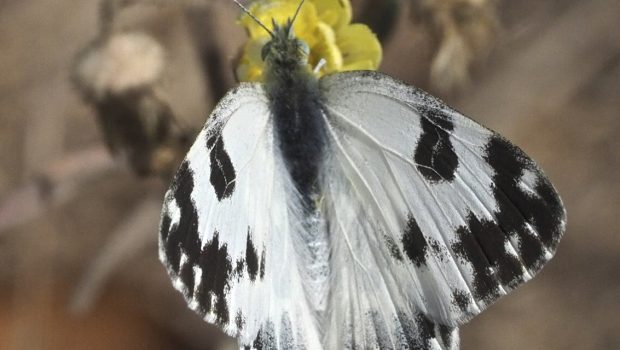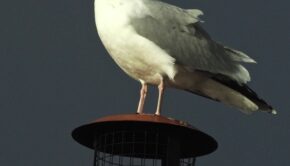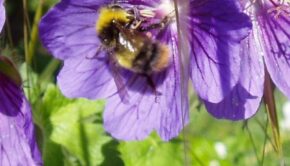What’s in a name?
The names we give animals and plants is always a fascinating area and many a book has been written on the subject. Sometimes the name is pretty obvious, based on a colour, sound or behaviour – so we have the Large Blue butterfly, a bird called the Sandwich Tern and a plant called Bindweed. Other names have more complex origins and there are plenty that are called after their first discoverer – Montague’s Harrier and Ross’s gull for example.
In Portugal a few weeks ago with another naturalist watching a rather dashing black and white butterfly, my companion asked me why it was called a Bath White. I had to admit that I did not know. It’s a rare butterfly to see in the UK and there are not many records as it is largely a resident of Southern Europe. There have been bumper years in the past when lots have appeared as migrants, 1945 was a exceptional year for them, but there have not been many UK records since. In fact this was a new species for me.
The story behind its name is very telling about the long history of interest in the natural world in the British Isles. Originally called “Vernon’s Half Mourner” it was named after its first known captor, a certain William Vernon, who came across a specimen in May 1702. However its common name, Bath White, comes from its appearance on a sample of needlework, supposedly showing one caught near Bath in 1795, and the name has stuck. It must have been a very special sighting to have been recorded in this way. I was glad to have seen one.
Why that Mr. Vernon called it a “Half Mourner”, I have yet to discover. I suspect that if still around today he might be a bit miffed that his name for this fine little butterfly has been lost……..after all, he did see it first!
House Martin






Comments